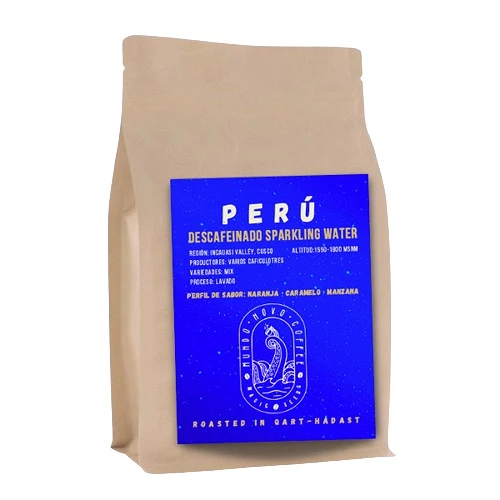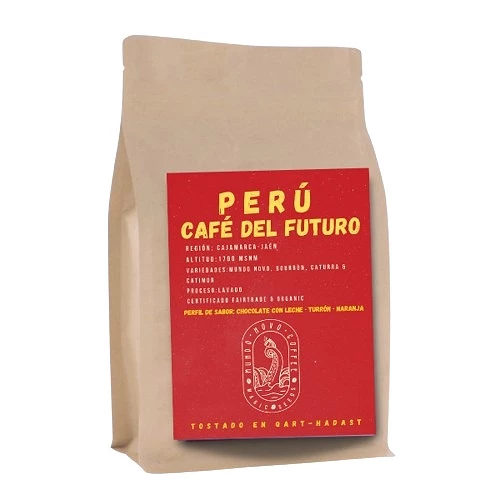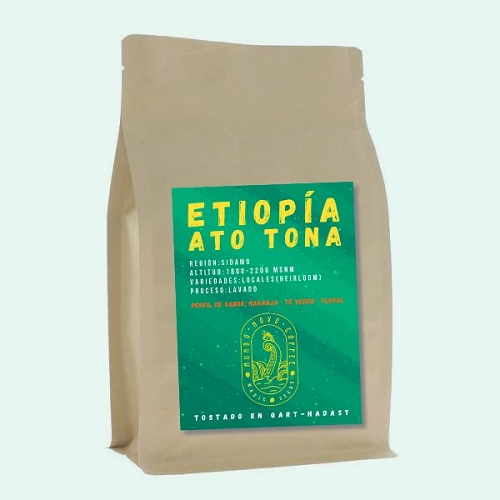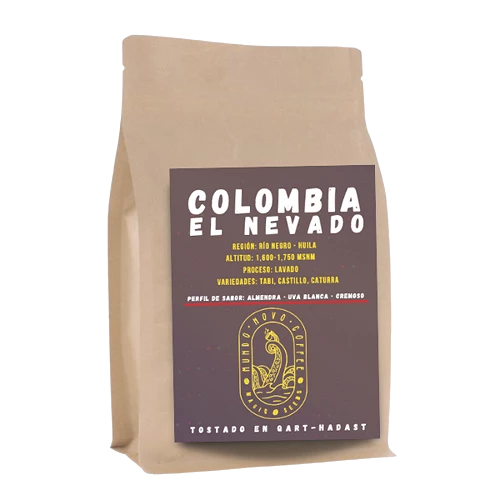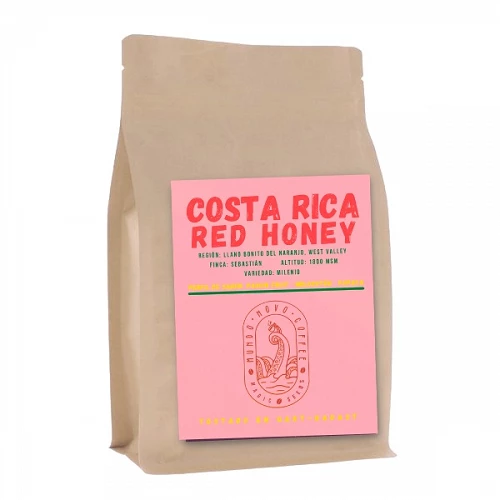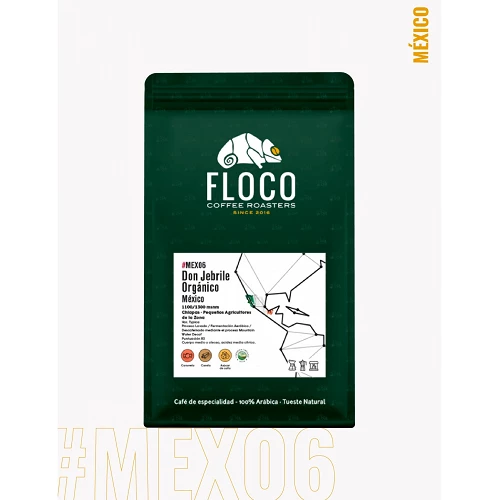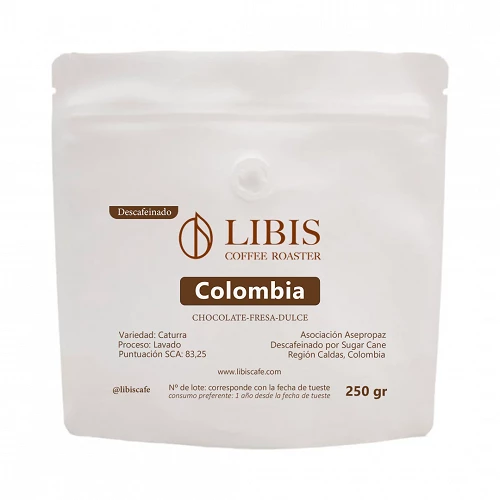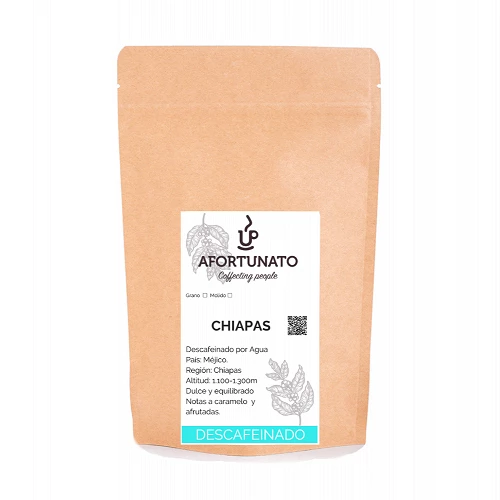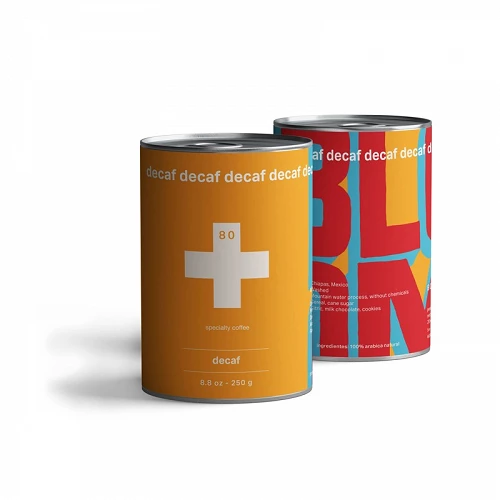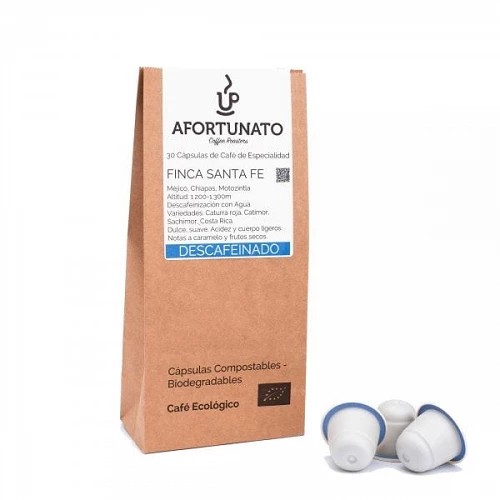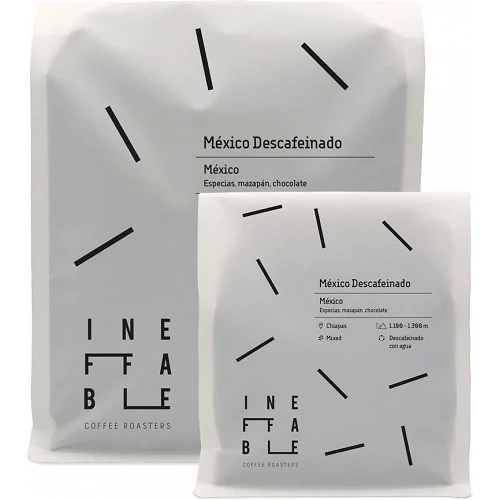Descaf Sparkling Water - Peru
DECAF Specialty Coffee from PERU Sparkling Wate
One of the best decaffeinated coffee in the market. Sweet flavor, fruity and with weight in the mouth. Ideal for espresso and mocha (the one of all life). It pairs well both on its own and with milk. It is a decaffeinated at the height of the most demanding palates.
Origin: Cuzco, Peru
Altitude: 1,550 - 1,800 m
Variety: Mix of Varieties
Process: Sparkling Water Decaffeinated Washed
Producer: Several coffee growers in the area
Tasting notes: Caramel, Apple, Orange
DECAF Specialty Coffee from PERU Sparkling Water
Sparkling Water decaffeinated coffee:
This process was first discovered by a scientist named Kurt Zosel at the Max Planck Institute for Carbon Research in 1967, while searching for new ways to separate mixtures of substances. In 1988, a German decaffeination company called CR3 developed this decaffeination process whereby natural carbon dioxide (which comes from prehistoric subway lakes) is combined with water to create "subcritical" conditions that create a highly solvent substance for the caffeine in coffee. This is a gentle, natural and environmentally certified process, and the good caffeine selectivity of the carbon dioxide ensures a high level of retention of other coffee components that contribute to flavor and aroma.
The process is described below:
Green beans enter a "pretreatment" vessel where they are cleaned and moistened with water before being brought into contact with pressurized liquid carbon dioxide. When the green coffee beans absorb the water, they expand and the pores open, making the caffeine molecules mobile.
Once the water is added, the beans come into contact with the pressurized liquid carbon dioxide, which combines with the water to form essentially carbonated water. The carbon dioxide circulates through the beans and acts like a magnet, drawing out the mobile caffeine molecules.
The carbonated water then enters an evaporator that precipitates the caffeine-rich carbon dioxide out of the water. The water, now decaffeinated, is pumped back into the vessel for a new cycle.
This cycle is repeated until the required residual caffeine level is reached. Once reached, the carbon dioxide circulation is interrupted and the green beans are discharged into a dryer.
The decaffeinated coffee is then gently dried until it reaches its original moisture content, after which it is ready for roasting.
This decaffeination process has several advantages:
The agent used to extract the caffeine is totally natural and the process can be classified as "ecological" due to the total absence of chemical products. The consumption of decaffeinated coffee in this way also poses no health risk.
The way the process works means that the other compounds in the green bean remain intact, so decaffeination does not affect the taste or aroma of the final product. The carbon dioxide is very selective and does not extract the carbohydrates and proteins from the green bean that contribute to the flavor and aroma.
The cellular structure of the green bean and the final roasted bean does not change, which is a great advantage when working with specialty coffees.
The by-products are 100% natural and recyclable.
History of coffee in Peru
These coffees come from what was once the Inca empire in Peru, from the region of Cuzco. The coffee plantations are located under the snowy valley of Choqesafra, in the district of Inkawasi. Here the indigenous farmers follow in the footsteps of their ancestors working in harmony with the environment and mother earth. The coffees are grown in the shade, paying special attention to the health of the soil and irrigation so that the coffee trees thrive.
Overall, the group has 1,000 members who cultivate an average of 1.50 hectares of coffee, with a productivity of 20qqq/hectare. This is equivalent to about 20 bags of green coffee per farm per harvest. The quality of the coffees from this region is recognized and in 2020 one of their Incahuasi producers placed 1st in the Cup of Excellence with a batch of washed geisha. This year they also had two other producers in the top 10.
In each zone there is a centralized mill where the cherry coffee is collected, pulped, fermented, washed, dried and temporarily stored, and then transferred to the central warehouse, where it is sampled and undergoes physical and sensory evaluation by the quality analyst.
Data sheet
- Country of Origin
- Peru
- Roasted for
- Filter & Espresso
- Tasting notes
- Caramel
Manzana
Orange - Decaf
- Yes
- Processing
- Sparkling Water Decaf



